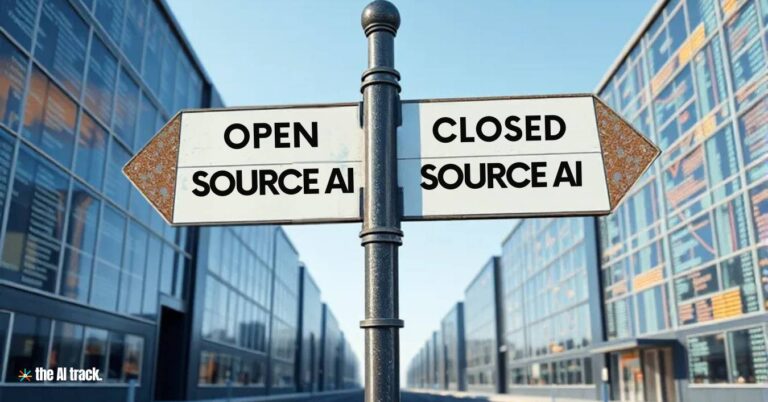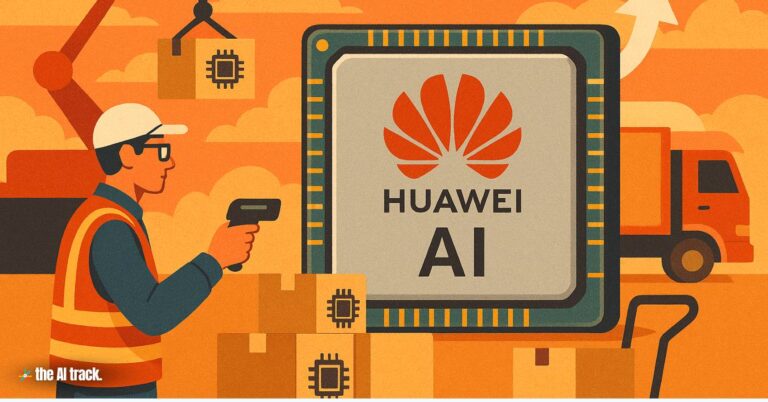DeepSeek R1, the revolutionary open-source reasoning model, aims to challenge U.S. dominance in the AI landscape. Its advanced reasoning capabilities, innovative architecture, cost-efficient deployment, and unrestricted commercial use significantly enhance China’s position in AI development.

DeepSeek R1 Launch – Key Points
DeepSeek R1: Advanced Capabilities in Reasoning AI
- Performance Benchmarks:
- Outperforms GPT-4o and Claude-3.5-Sonnet across major reasoning tasks:
- AIME: Achieves a success rate of 28.9%, demonstrating superior logical and analytical reasoning.
- MATH: Scores 83.9%, excelling in complex mathematical problem-solving.
- SWE-bench Verified: Excels in advanced programming challenges.
- Incorporates advanced techniques like long Chains of Thought (CoT), self-reflection, and self-verification to simulate human-like problem-solving processes.
- Ethan Mollick (Wharton professor) described R1’s output as “reading like a human thinking out loud.”
- Outshines Llama3 and Phi-4 in sophisticated planning tasks, setting a high bar for reasoning AI models.
- Outperforms GPT-4o and Claude-3.5-Sonnet across major reasoning tasks:
- Technical Innovation:
- Fully powered by Reinforcement Learning (RL)—unlike its competitors, which rely heavily on Supervised Fine-Tuning (SFT).
- Demonstrated a breakthrough “AHA” moment during training, autonomously adopting advanced reasoning methods.
- Scaled-down models (as small as 1.5B parameters) deliver exceptional performance on cost-efficient setups, including WebGPU, making high-performance AI accessible on affordable hardware.
- Performance Benchmarks:
- Outperforms GPT-4o and Claude-3.5-Sonnet in critical evaluations:
- AIME: Achieves a 28.9% success rate, showcasing its superior reasoning skills.
- MATH: Scores an impressive 83.9%, excelling in complex mathematical problem-solving.
- SWE-bench Verified: Handles advanced programming tasks with ease.
Open-Source Accessibility and Affordability
- Accessibility:
- Released under the MIT license, allowing unrestricted commercial use, modification, and redistribution.
- Hosted on platforms like HuggingChat, with options for local deployment to ensure privacy—a significant advantage over proprietary systems like OpenAI’s GPT-4o.
- Cost-Effectiveness:
- API costs only $2.19 per million tokens, drastically undercutting competitors like GPT-4o ($60 per 750,000 tokens).
- Development costs for earlier iterations like R1-V3 totaled only $5.6 million, emphasizing DeepSeek’s focus on efficiency over resource intensity.
- Improved Deployment Capabilities:
- New tooling enables 3-10x faster deployments on Huggingface compared to traditional methods, leveraging NVIDIA H100 and H200 GPUs for high-speed inference.
- Deployment services offer private, scalable setups at just $0.01 per million tokens, supporting over 100 model architectures.
Strategic Vision: A Focus on AGI
- Fundamental Research First:
- DeepSeek prioritizes AGI research over immediate commercialization, positioning itself as a leader in foundational AI innovation.
- CEO Liang Wenfeng emphasizes their mission to transform China from an AI “free rider” into a global contributor.
- Efficient Architecture:
- Introduces a Memory-Lightweight Architecture (MLA) to minimize inference costs while maintaining high performance.
- Optimized for resource-efficient deployment, enabling broad access to advanced AI capabilities.
Usability Enhancements in R1
- Better User Experience:
- Open WebUI upgrades allow for enhanced interaction with R1 models:
- Introduces collapsible thought chains to simplify reasoning displays.
- Removes outdated conversational threads for clarity during multi-turn interactions, following DeepSeek API recommendations.
- Available via GitHub for local deployments.
- Open WebUI upgrades allow for enhanced interaction with R1 models:
Challenges and Criticisms
- Technical Hurdles:
- Slower performance compared to non-reasoning models.
- Occasional language inconsistencies and readability issues, with mixed-language responses.
- Reports of model unresponsiveness under certain conditions, linked to system prompt handling.
- Regulatory Limitations:
- Adheres to Chinese censorship laws, restricting discussions on politically sensitive topics.
- Potential global adoption barriers due to government oversight.
- Skepticism Over Open-Source Longevity:
- Critics question whether DeepSeek will remain fully open-source or transition to a closed model as it scales.
Geopolitical Implications
- Impact on the AI Race:
- DeepSeek R1 accelerates China’s efforts to challenge U.S. dominance through innovation and accessibility.
- Competitors like Alibaba and Moonshot AI lag behind in embracing open-source strategies.
- By focusing on resource efficiency, it bypasses U.S. export bans on advanced chips.
- CEO Liang Wenfeng: “Money has never been the problem for us; bans on shipments of advanced chips are the problem.”
- DeepSeek R1 accelerates China’s efforts to challenge U.S. dominance through innovation and accessibility.
- U.S. Policy Shifts:
- Trump’s repeal of Biden’s AI executive order signals a lighter regulatory approach, removing obligations for AI firms to share safety data.
- Dan Hendrycks (Center for AI Safety): Reliance on a lasting U.S. AI lead is “fragile.”
- High-Level Recognition:
- DeepSeek’s leadership, including CEO Liang Wenfeng, has gained recognition from Chinese Premier Li Qiang, underscoring governmental support for their mission.
Why This Matters:
DeepSeek R1 represents a paradigm shift in the AI landscape, combining cutting-edge reasoning capabilities with open-source accessibility. Its strategic focus on efficiency and affordability positions it as a formidable competitor in the global AI race, challenging U.S. dominance and advancing China’s role as a key AI innovator.
The AI landscape is increasingly defined by the contrasting approaches of open source and closed source models. This article examines the nuances of each approach, exploring their benefits, challenges, and implications for businesses, developers, and the future of AI.
Read a comprehensive monthly roundup of the latest AI news!





